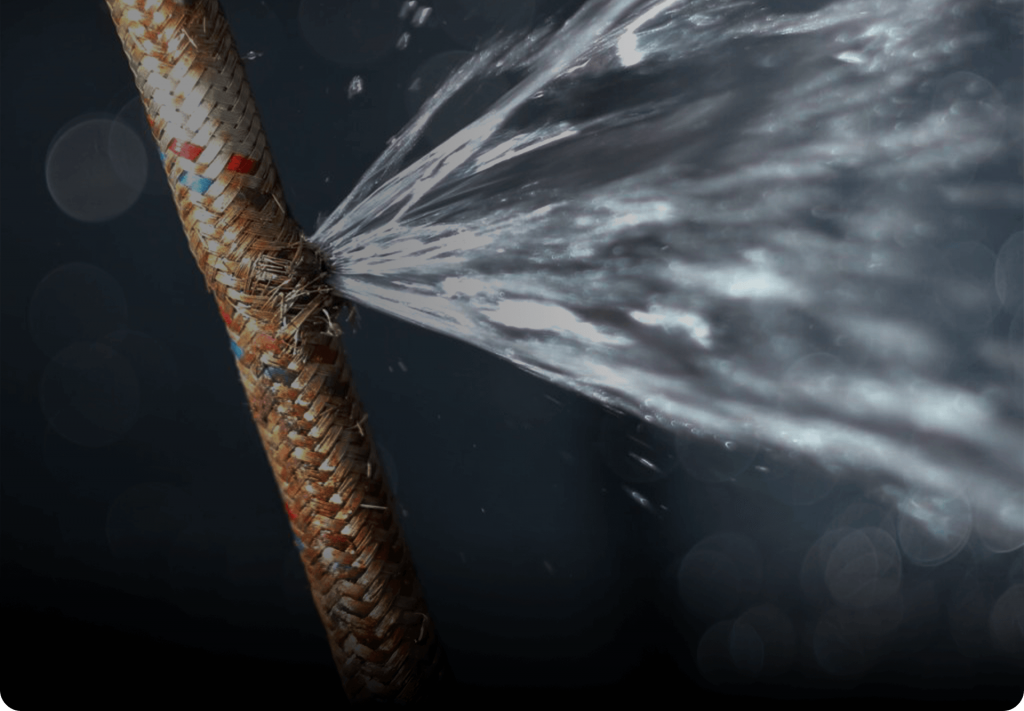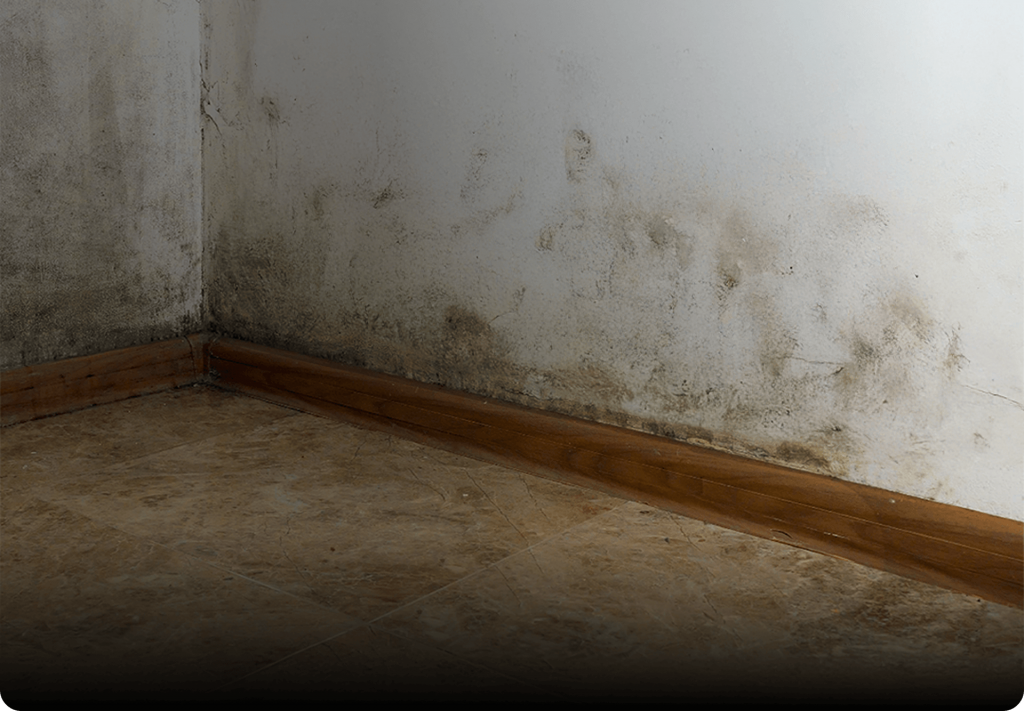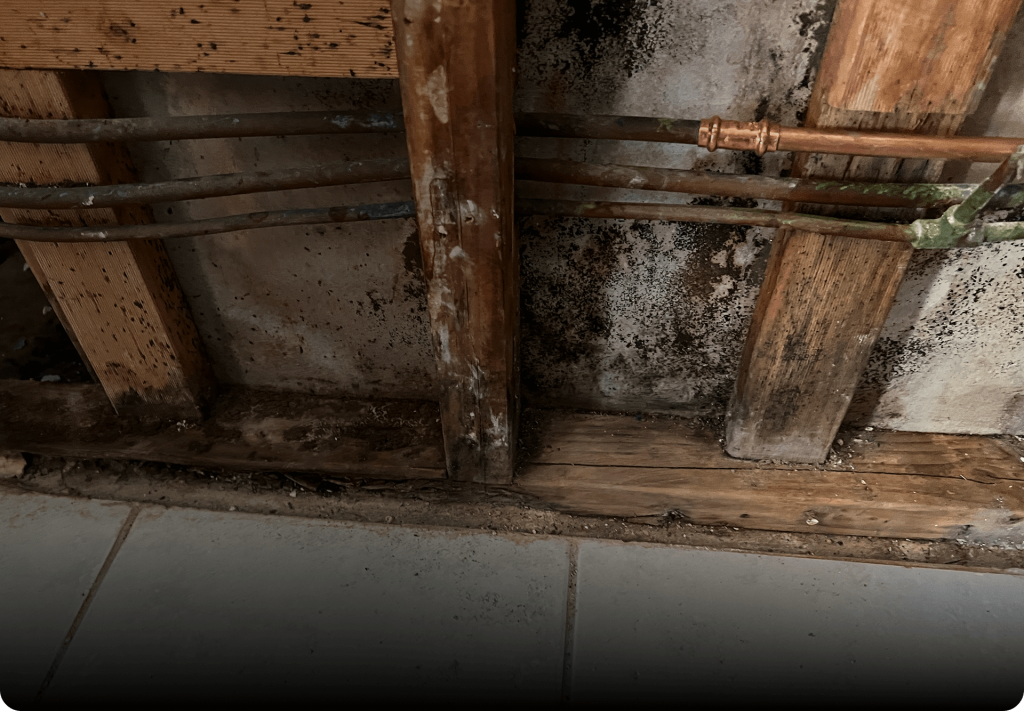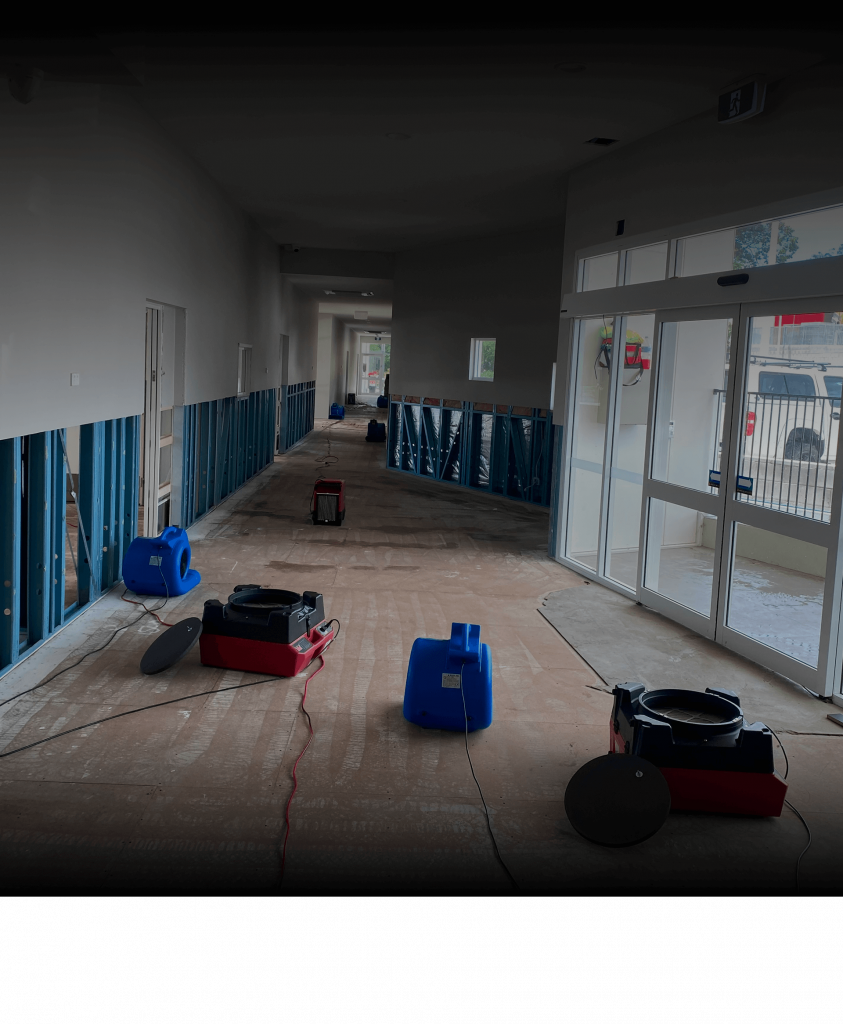The importance of beginning restoration quickly following a disaster cannot be overstated. Immediate action is crucial to preventing secondary damage such as mould growth, building damage resulting in increased costs.
Delays in responding to an event can turn minor work into major restoration work requiring additional labour, equipment and potentially temporary accommodation.

The most efficient and cost effective process
Commencing mitigation on day 1 is the ideal scenario when managing restoration works. With building damage minimised, mould having minimal time to develop and contents having a higher chance of being restored; timeframes and costs are reduced by utilising skilled technicians and correct methodology to prevent further damage and initiating the most effective path to recovery
Site Inspection
Mitigation
Final Attendance

Escalating risks and challenges
By the 72-hour mark, the impact of delayed restoration can become noticeable. Building damage may increase, mould growth may have developed compromising restorability, health and safety.
The delay in attendance and commencing works may lead to increase costs and restoration timeframes.
Site Inspection
Mitigation & Remediation
Additional Required Steps
Final Attendance

Additional damage and increased costs
When a delay extends to 7 days, ongoing exposure to moisture may lead to widespread mould growth, affecting not only the property’s structure and contents but also the occupants’ health.
Site Inspection
Mitigation & Remediation
Additional Steps
Final Attendance

Severe consequences and prolonged recovery
After 10 days, the result of delayed restoration is expected to be noticeable. The likelihood of irreparable damage may increase significantly, with the potential for structural failure, severe mould contamination and extensive material degradation. Additionally, health risks to occupants may be prevalent and the restoration process is now more complex.
In these situations, restoration expertise and skills become invaluable. Comprehensive restoration services, combined with a dedicated focus on client satisfaction, ensures that even in the most severe cases, properties are restored to correct standards. However, the costs of restoration, time, labour and equipment will be greater than would have been to reach the pre-loss condition effectively.
Site Inspection
Additional Steps
Mitigation & Remediation
Additional Required Steps
Final Attendance
Additional Steps